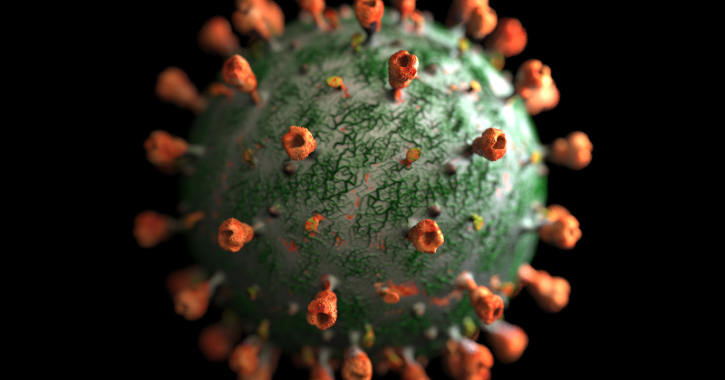
A new warning for disease X has been issued by UK health expert Kate Bingham when the globe is still financially and emotionally recovering from the impact of COVID-19. Bingham claimed that the effects of Disease X could be more severe than those of COVID-19 in a recent interview with Daily Mail, comparing it to the Spanish Flu of 1919–1920.
The World Health Organisation (WHO), which defined the new agent as a virus, bacteria, or fungus with no currently available cure, has backed Kate Bingham’s assertion. Bingham served as the chair of the UK’s Vaccine Taskforce from May to December 2020.
“The world will have to prepare for mass vaccination drives and deliver the doses in record time…Imagine Disease X is as infectious as measles with the fatality rate of Ebola (67 per cent). Somewhere in the world, it’s replicating, and sooner or later, somebody will start feeling sick.” Bingham stated.
The Daily Mail cited Bingham as saying that there are millions of additional viruses that have not yet been detected, despite the fact that researchers have identified 25 virus families that have thousands of distinct viruses.
Disease X: A Bioterrorism?
There have been rumours that syndrome X could be a pathogen used to create a pandemic. According to the expert, bioterrorism or unintentional laboratory accidents might produce a deadly disease called X that could represent a worldwide catastrophe danger.
While nations like the United States and Russia have advanced biological weapons programmes resulting from the Cold War, rogue states like North Korea and terrorist groups like al-Qaida are actively working to build programmes and infrastructure for their own use and as a deterrent against outside interference.
The only thing required to close the gap is talent. A widespread misconception suggests that terrorists are illiterate people. However, the Islamic State of Iraq and the Levant (ISIS) attracted a wide range of educated professionals during its heyday, from engineers to surgeons.
Regardless of whether the special Disease X will result from natural evolution or will be a result of human invention, is a mystery yet to be solved.
Health professionals have issued a warning that this new virus has the potential to be just as harmful as the Spanish Flu. WHO states that “Disease X refers to pathogen – known/potentially unknown that can cause large-scale, serious pandemic leading to mass-scale human disease,” according to Dr. Neha Rastogi, Consultant, Infectious Disease, Fortis Memorial Research Institute, Gurugram.
“Disease X is possibly and plausibly caused by a ‘pathogen X’. It could be related to zoonotic disease likely an RNA virus, emerging from an area where the epidemiological triad – environment host favours sustained transmission. These emerging/re-emerging z pathogens can be labelled as X and they are a threat which mandates intense and ongoing active surveillance and monitoring,” Dr. Rastogi added.
Precaution is better than cure
“Containment and mitigation strategies involve development and implementation of uniform international guidelines to control bioterrorism. Immediate and appropriate travel restrictions including strict airport screening requires to be implemented to contain the spread of pathogen X across borders. It also necessitates collaborative approach of global leaders, scientists, epidemiologists, and infectious disease experts to investigate, control, and eliminate disease X. Widespread and mass testing, surveillance and aggressive contact tracing are potential effective tools to timely contain outbreak like situations,” according to Dr. Rastogi.
Dr. Rastogi added, “A One Health approach which aims at bridging institutional gaps, building and stratifying priority risk and alert pathogens and emphasizing on mitigation strategies for emerging and re-emerging pathogens – potential disease X should be the need of an hour to prevent these global and global catastrophes.”
Conclusion
A year before the COVID-19 pandemic, in 2018, the World Health Organisation introduced the term “Disease X.” Since then, it has been updating the list of priority diseases that could spark the next catastrophic pandemic, including Ebola, SARS, and Zika.
The health organisation previously announced that it is gathering around 300 scientists to review the data on bacterial and viral families. In order to increase preparedness, they need immediate action, which includes funding vaccine research and development, bolstering health systems and surveillance, and fostering international cooperation and coordination.
Please, also have a look into :Ultra-processed food can double the risk of death due to cardiovascular disease



